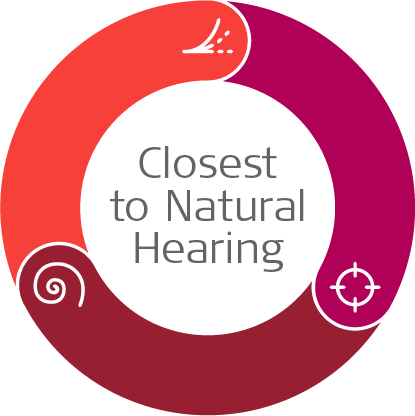How MED-EL Cochlear Implants Provide the Closest to Natural Hearing
What Is Closest to Natural Hearing?
Natural hearing uses the entire cochlea.[ft] So providing the best chance to fully benefit from CI technology means finding a cochlear implant that uses most of the cochlea. When you provide your patients with an implant individualized to fit their ear, preserve natural structures during implantation, and perform fitting to match tones to their natural places, you can provide your patients with the closest to natural hearing.
The Full Spectrum of Sounds
When more of the cochlea is covered by the electrode, each tone can be stimulated at its natural place. Mid-to-low tones can be heard and sound more natural when stimulated in the apical region as nature intended.[ft][ft][ft][ft] The result can be a more natural overall hearing experience for your patients.
Exceptional Sound Quality
More precise tonotopic pitch matching means your patients can have a better subjective hearing experience—especially when it comes to sound quality and music perception.[ft][ft][ft] This also makes combining acoustic and electric stimulation easier.[ft][ft]
Superior Hearing Performance
Preserving hearing structures, stimulating more of the cochlea, and more accurate pitch matching can lead to measurable benefits in objective hearing outcomes. This is especially true with speech understanding in noise and sound localization.[ft][ft][ft]
Best Benefit Quickly
Stimulating each tone closer to its natural place in the cochlea means less adaptation for your patients. Noticeable improvements and objective hearing benefits can be common in the first months of device usage.[ft][ft][ft]

Stimulating the Entire Cochlea as Nature Intended

The Right Pitch at the Right Place
Reducing pitch mismatch can improve hearing outcomes in the first weeks and months, helping your patients to adapt quicker to their cochlear implant.[ft][ft][ft] Patients with less tonotopic mismatch also tend to benefit more across the lifespan of cochlear implant usage when compared to peers with more mismatch.[ft] More precise pitch matching requires the right tools.

Hearing and Structure Preservation
Patients with residual hearing often fear losing what they still can hear without a device. We’ve listened to them and focused decades of research and development on producing the most atraumatic electrode arrays available that have been proven to preserve residual hearing for the majority of recipients.[ft][ft] This means patients can continue to enjoy their residual hearing and, in addition, gain the benefits from hearing with a MED-EL cochlear implant.
For surgeons, we provide precision surgery tools for cochlear implantation to help maximize structural preservation. Why? Because, along with electrode design, surgical factors such as insertion trajectory and speed also contribute to reaching optimal outcomes.[ft][ft][ft]

Soft, Flexible Electrode Arrays
MED-EL’s FLEX lateral wall electrode arrays have been shown to preserve inner ear structures and residual hearing for the majority of patients.[ft][ft] Not only can this provide better hearing performance, but this will also give these patients the opportunity to benefit from future therapies and technologies.
Our FLEX electrodes offer the ideal mix of mechanical flexibility and channel spacing. The flexibility gained by adding more space between contacts means the electrode arrays can be atraumatically inserted deeper into the cochlea with reduced insertion force. More spacing also helps to avoid overlapping stimulation channels or crosstalk.[ft][ft][ft]
Precision Cochlear Implantation
As the leading global innovator of hearing implants, we understand the need for precision tools to help you maximize structural preservation. That’s why we provide tools like OTODRIVE and OTOARM to enable slow, steady, and precise electrode array movement during implantation.*
These precision surgical tools were specifically designed to ensure that the electrode array is slowly placed within the cochlea. This approach can reduce the risk of trauma, help preserve remaining natural hearing, and improve overall hearing outcomes by optimizing implant placement.[ft][ft]
Electrodes Proven to Preserve Residual Hearing
Now the only cochlear implants on the market FDA-approved for hearing preservation, MED-EL’s FLEX electrode design allows the majority of recipients to retain some functional natural hearing post-implantation.[ft]
The preservation of residual low-frequency hearing was proven with the MED-EL FLEX electrode portfolio, including long electrodes such as FLEX28 and FLEXSOFT.[ft][ft] This means MED-EL FLEX electrode arrays provide the best opportunity to preserve residual hearing for your patients.

Why MED-EL:
A Trusted Partner
For more than 35 years, MED-EL has been a trusted partner and innovation leader in hearing implants. We’re here to work together with you, and we’re committed to providing outstanding service and support for our professional partners.
With the most advanced cochlear implant systems, we offer the best hearing experience for your patients and the best clinical experience for you.
Contact Us
Ready to learn more about MED-EL cochlear implants?
Fill out our simple contact form and we’ll get in touch with you.

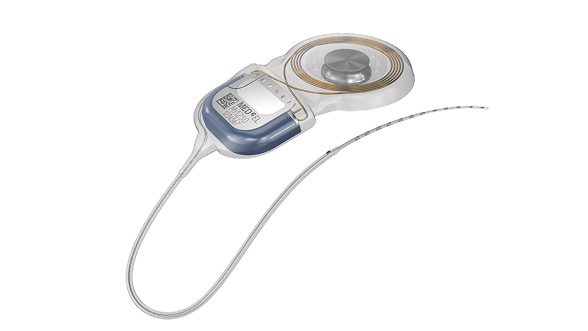
SYNCHRONY 2
See why individualized electrode arrays, safe access to MRI, and a streamlined central electrode lead for exceptional surgical handling make SYNCHRONY 2 your new favorite cochlear implant.
Discover More

Electrodes
Find out what sets MED-EL electrode arrays apart from any other design to enable a closer to natural sound quality that no other cochlear implant can match.
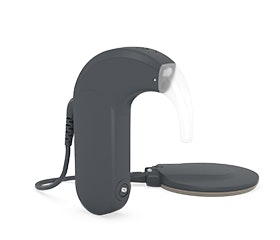
SONNET 3
Our smallest and lightest SONNET audio processor ever, SONNET 3 is waterproof and provides users closest to natural hearing, maximum wearing comfort, and direct streaming.
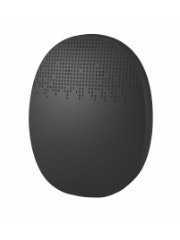
RONDO 3
Find out how wireless charging, directional microphones, and wireless connectivity make RONDO 3 incredibly simple and simply incredible.
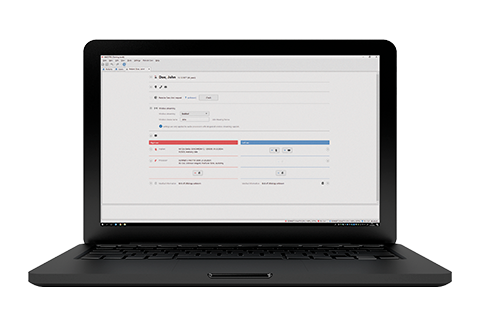
MAESTRO 11
With enhanced features and SONNET 3 support, MAESTRO 11 makes providing in-clinic and remote care to your patients with cochlear implants easy.
* CASCINATION AG is the legal manufacturer of OTODRIVE. MED-EL is the exclusive distributor of OTODRIVE. For compatible devices, refer to the relevant instructions for use. All devices are sold separately.
